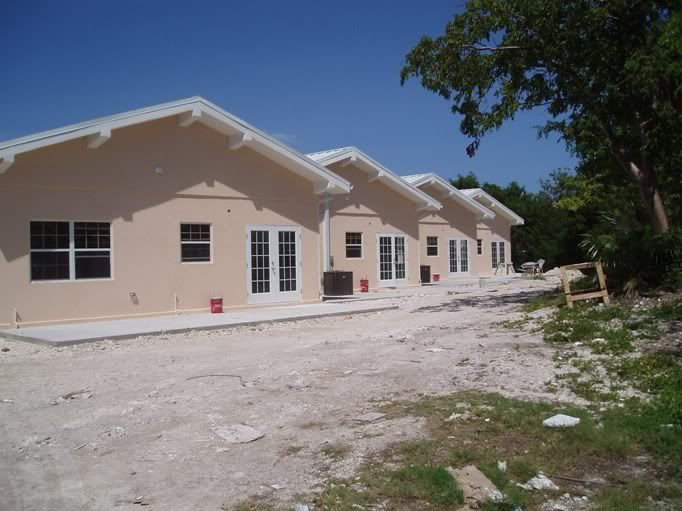PagoMitch
Mechanical
- Sep 18, 2003
- 71
Hi all,
I'm the facility engineer at a small hospital, and we have a project contractor wanting to substitue a product called "Astro-Foil" in 5/16" (R-15 according to the literature) thickness in lieu of 6" fiberglass (R19). The website here
comes across, to me at least, as something uh... less than scientific.
Assume for a moment that the R values are equal. I cannot find any articles re: UBC compliance or non-compliance for that matter regarding this "NASA developed" product. Pragmatically, while I am sure it does something, I am not convinced that it is (almost) equal to 6" of Fiberglass or about 4" of rigid Foam board.
It never gets below 80F here, so winters are not a problem. My biggest concern is compliance with IBC and IECC.
Any comments welcome.
Regards all.
Mitch
I'm the facility engineer at a small hospital, and we have a project contractor wanting to substitue a product called "Astro-Foil" in 5/16" (R-15 according to the literature) thickness in lieu of 6" fiberglass (R19). The website here
comes across, to me at least, as something uh... less than scientific.
Assume for a moment that the R values are equal. I cannot find any articles re: UBC compliance or non-compliance for that matter regarding this "NASA developed" product. Pragmatically, while I am sure it does something, I am not convinced that it is (almost) equal to 6" of Fiberglass or about 4" of rigid Foam board.
It never gets below 80F here, so winters are not a problem. My biggest concern is compliance with IBC and IECC.
Any comments welcome.
Regards all.
Mitch

